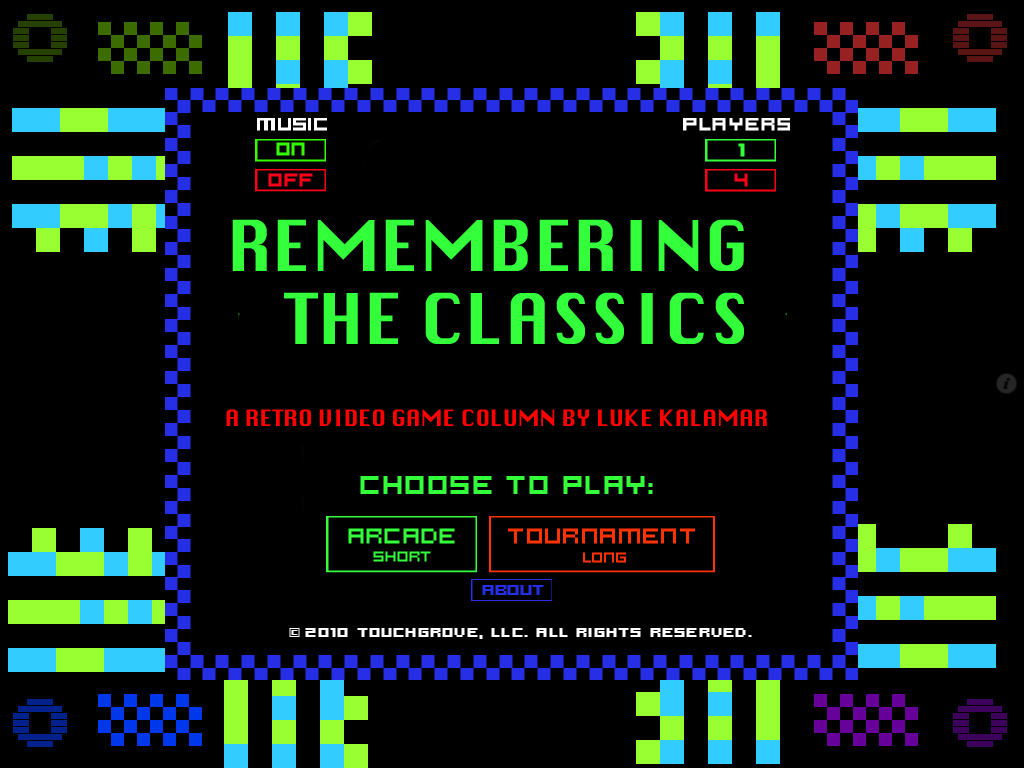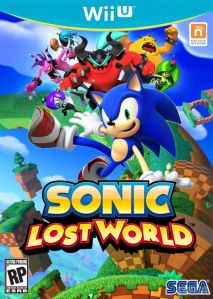luke kalamar wants those gold rings …
In the late 1980s, Nintendo was the undisputed King of the video game industry. The Nintendo Entertainment System (NES) revitalized the dying industry after the video game crash of 1983 and nothing has been the same since. A simple Italian plumber named Mario became a household name and one of the most well-known mascots of all time. While Nintendo was riding this growing wave of success, another company was trying to tap into this expanding market. This company was Sega, and despite having already two systems on the market when the NES was making waves, Sega couldn’t capture a wide audience. One possible reason for the early failure of Sega was that they didn’t have a fun mascot to rally behind. Nintendo had Mario and the success he brought and continues to bring to the company is astounding. It wasn’t long until Sega decided they needed a mascot of their own, and in 1991 they finally got one. This mascot was a little blue hedgehog named Sonic, and in no time he propelled Sega into a level that nearly rivaled Nintendo’s success. Now, a full 22 years later, Sonic is still known worldwide and his newest game Sonic Lost World was announced for the Wii U and Nintendo 3DS on May 28th. It looks like this game is taking Sonic back to his roots with a little mix of Mario Galaxy thrown in, and I can’t help but reflect on this popular character’s long legacy in the video game industry because of this.
Sonic the Hedgehog is easily one of the most recognizable video game characters of all time. His first game, aptly titled Sonic the Hedgehog, came out on June 23rd, 1991 for the Sega Genesis. Sonic the Hedgehog was a platform game similar in style to Super Mario Bros., but the backgrounds were more vibrant and the coins became rings. Sonic was also better known for his ability to run at incredible speeds, an obvious response to Mario’s ability to jump to amazing heights. Sonic the Hedgehog became a huge hit, and Sega capitalized heavily on this franchise and desired to expand it even more. Every game immediately after introduced brand new concepts and characters. Sonic the Hedgehog 2 came out a year later and introduced Sonic’s sidekick Mile “Tails” Prower, Sonic CD came a year after that and brought in Sonic’s girlfriend Amy Rose and recurring villain Metal Sonic, and Super Sonic and Knuckles became mainstays following 1994’s Sonic the Hedgehog 3. Sonic & Knuckles was the immediate follow-up that very same year, and despite a wildly successful four years, was the last two-dimensional Sonic game on the Genesis. His next two games Sonic Labyrinth (1995) and Sonic 3D (1996) attempted to bring the series into the third-dimension, but both games were met with relatively negative reviews. It is around this time that many fans declared that the Sonic series started to derail and became its own worst enemy.
The next main console game was 1998’s Sonic Adventure on the Sega Dreamcast and it boasted entirely new elements never seen before in the series. These features were a completely open world environment, from-the-back third-dimension, a whole plethora of new characters, and even a fully realized plot. Sonic was even put into a land of regular human beings, a far cry from the classic Green Hill Zone that any fan remembers with fondness. The Sonic series became a lot more complex at this point, and it started to get even crazier in future titles. Sonic Adventure 2 (2001) had an even more in-depth plot and introduced a brand new hedgehog named Shadow. He got his own spin-off where he drove cars and shot guns. Really, GUNS. The series just got even more complicated from there with Sonic collecting interdimensional rings, wielding a Black Knight’s sword, and even turning into a Werehog. The more complicated the games became, the more negative the reviews. It wasn’t long until devoted fans of the series started begging for the simple old school style that found a home on the Game Boy Advance and was last seen on a brand new home console game with Sonic & Knuckles. It is for this reason that future games started to return to the series’ roots and bring back the classic elements that made the games so famous.
I have been a huge fan of the Sonic series since the very early games. My brothers and I owned the Sega Genesis, Sega Dreamcast, and Sega Game Gear, and we tried to get every Sonic game under the sun. The Genesis Sonic games are some of my favorite of all time and I simply couldn’t get enough of the series. This love propelled me to get both Sonic Adventure titles, and despite the obvious changes, I still thoroughly enjoyed them. I even picked up the three Sonic Advance games and had a great time. However, through all of this, I couldn’t help but notice what everyone else saw. The Sonic games were starting to get overly extravagant, to the point where it actually took away from the experience. It got to the point where I actually didn’t even desire to buy a new Sonic game anymore. I rented both Sonic Heroes (2004) and Sonic the Hedgehog (2006), and was completely displeased with the following console games. I couldn’t even play Sonic Unleashed (2008) without getting overwhelmed by how absurd and annoying it was to be a Warehog. It started to become upsetting that the series that I once held to such high acclaim became a shell of its former self.
I still love Sonic the Hedgehog and his colorful cast of friends, despite all of the bad, and it’s great to see that Sega is trying desperately to bring the character back to his former glory. Sonic Lost World is actually a collaborative effort between former console rivals Sega and Nintendo, who have found a lot of success in recent years combining their two mascots. If there is one company that can make the Sonic series awesome again, it’s Nintendo, and Sonic Lost World actually looks really good. I haven’t said that about a Sonic game in a while and it feels great. Hopefully this game can live up to its potential and become one of this holiday’s go to Wii U and 3DS games. Sonic Lost World is currently set for a late 2013 release.




